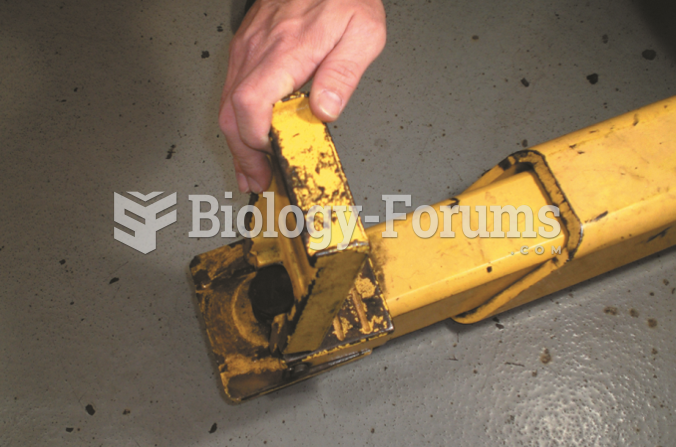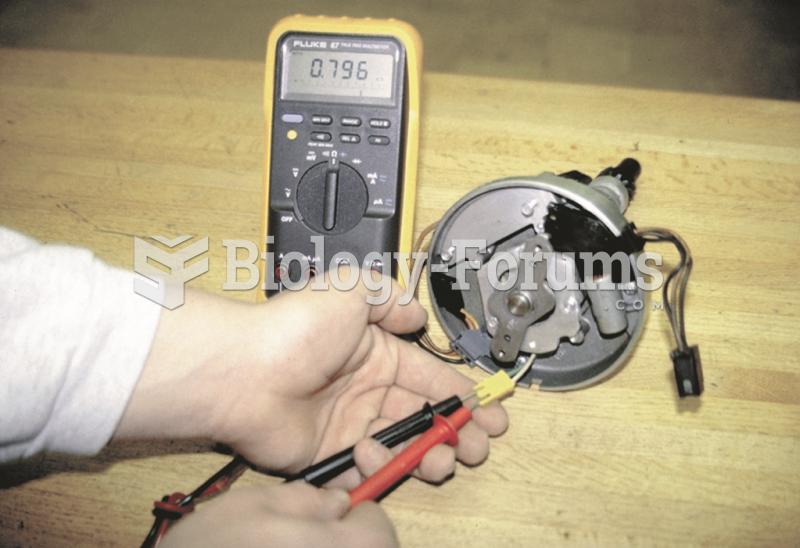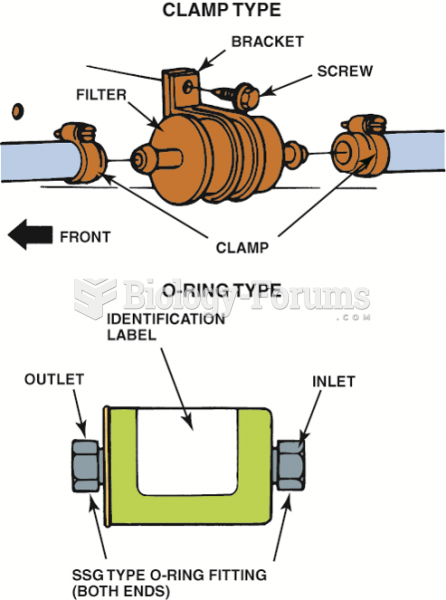|
|
|
Bacteria have been found alive in a lake buried one half mile under ice in Antarctica.
Approximately 25% of all reported medication errors result from some kind of name confusion.
Eat fiber! A diet high in fiber can help lower cholesterol levels by as much as 10%.
Hip fractures are the most serious consequences of osteoporosis. The incidence of hip fractures increases with each decade among patients in their 60s to patients in their 90s for both women and men of all populations. Men and women older than 80 years of age show the highest incidence of hip fractures.
Sildenafil (Viagra®) has two actions that may be of consequence in patients with heart disease. It can lower the blood pressure, and it can interact with nitrates. It should never be used in patients who are taking nitrates.







